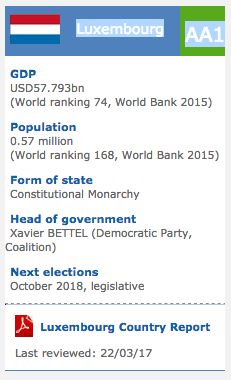Czech: Czech Art / Culture Profile 2012
2012/03/06
Czech Art / Culture Profile 2012
After the fall of the Great Moravian Empire at the beginning of the tenth century, much of today's Slovak Republic was incorporated into the Hungarian state, while Prague developed as the center of what was to become the Bohemian Kingdom. The crowning of the first Bohemian king took place in 1085 and the title became hereditary in 1198. The peak of medieval civilization was attained during the second half of the fourteenth century; the first university in central Europe was established in Prague in 1348. The beginning of the fifteenth century was marked by the teachings of Jan Hus, a Czech religious reformer, and, after his death at the stake in Constance in 1415, by wars against the propapal King Sigismund. When the Bohemian throne became vacant in 1526, a member of the Habsburg dynasty was elected Bohemian king. Less than a century later, in 1620, when the Czech estates were defeated in the battle of White Mountain (Bílá Hora) near Prague, the Bohemian Kingdom lost its independence and its provinces were declared the hereditary property of the Habsburg family. Wholesale emigration—resulting from forcible re-Catholicization, the effects of the Thirty Years' War (1618-1648), and epidemics of plague and other diseases—reduced the population of Bohemia by about one-half and that of Moravia by about one-fourth. A period referred to as "the darkness" ( temno ) ensued, and it was not until the end of the eighteenth century that the Czech national revival began. Independence for the Czechs arrived in 1918 with the breakup of the Austro-Hungarian Empire. The Czechoslovak Republic, which resulted from the political reorganization of Europe in the aftermath of World War I, included not only the historic Bohemian Kingdom (Bohemia, Moravia, and a part of Silesia) but also Slovakia and Carpathian .
The Czechs have always considered themselves as belonging culturally to western Europe, and no more so than after they were incorporated into the sphere of Soviet influence in the late 1940s. Because they constitute the westernmost Slavic outpost, surrounded as they are by speakers of German, and because of the memory of official Germanization during much of the eighteenth century as well as forcible Germanization during World War II, the potential for ethnic tension between Czechs and Germans has always existed. In prewar Czechoslovakia (1918-1939), the attitude of the Czechs toward the much less urbanized Slovaks was patronizing. After World War II, the relationship between the two peoples continued to be asymmetrical until 1969, when the federalization of the country helped to bring about a measure of dynamic balance between them.
- Czech News
-
- AFGHANISTAN: UNWTO: International tourism – strongest half-year results since 2010
- ALBANIA: US LNG exports make European market more competitive
- CZECH: Investors spooked by Property Regulations in Africa
- CHINA: China, Czech Republic pledge to jointly enrich strategic partnership
- CZECH: Czech government to resign in row over finance minister's business dealings
- AFGHANISTAN: Higher earning Why a university degree is worth more in some countries than others
- Trending Articles
-
- SOUTH AFRICA: Nigeria and South Africa emerge from recession
- BAHRAIN: Bahrain issues new rules to encourage fintech growth
- NIGERIA: Nigeria has been one of the hardest-hit economies due to its over-dependence on oil
- ARUBA: Director of Tourism Turks and Caicos after Irma: Tourism, visitors, hotels current status
- ANGOLA: Angola: Elections / 2017 - Provisional Data Point Out Qualified Majority for MPLA
- WORLD: How fair is our food? Big companies take reins on sourcing schemes














